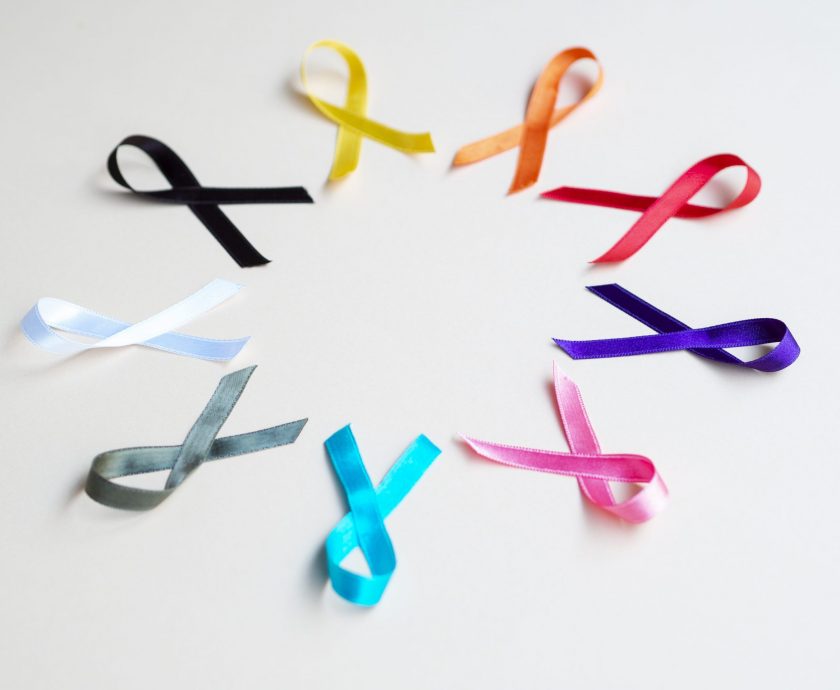“Strength is a child fighting cancer with a smile on their face”
Every year around the world, the month of September is dedicated to childhood cancer awareness. While each year, new cases of cancer are diagnosed amongst children, the month of September has been designated to emphasize the global burden of Childhood Cancer and honor the thousands of children who are fighting cancer across the globe. Being diagnosed with cancer, no matter your age is overwhelming and frustrating. This is especially true if it is a child. A cascade of emotions unfolds, and many questions arise for the child and the family. Unlike cancer in adults, the vast majority of childhood cancers do not have a known cause. Many studies have been conducted to determine the causes of childhood cancer, but environmental or lifestyle factors cause very few. Early detection and accurate diagnosis, followed by supportive care, are crucial to reduce the burden of childhood cancer and improving the recovery rate.
Unlike adult cancers, which are typically the result of years of DNA damage, childhood cancers are the result of the misappropriation of normal developmental processes. However, the cure rate in children is higher than that for adult cancer. This is why organizations across the world need to join their forces and work towards reducing the suffering of children with cancer. The month of September is here to remind us that cancer does not only affect adults. Our children are not immune to this disease, which affects not only their physical health but also their mental health. The pain is also felt by the family of the children, which frequently feel powerless in front of their small one’s pain. Our children are our future, and they require us to show solidarity, devotion and spread hope to them in their fight against cancer.
“The impact of childhood cancer translates into years of life lost, more significant inequalities, and economic difficulties. The situation can and should change”
– Pan American Health Organisation
Type of Cancer in Children
The most common types of cancer diagnosed in children ages 0 to 14 years are:
– Leukemia;
– Brain and spinal cord tumors;
– Neuroblastoma;
– Wilms tumor;
– Lymphoma (including both Hodgkin and non-Hodgkin);
– Rhabdomyosarcoma;
– Retinoblastoma, &
– Bone cancer (including osteosarcoma and Ewing sarcoma).
While they are less common, children may develop some other types of cancer that are rare. In some exceptional cases, children may also develop cancers that are much more common in adults. In most cases, doctors are unaware of why kids get cancer. In children, a genetic condition, such as Down syndrome, can sometimes increase the risk of cancer. In most cases, childhood cancer happens because of random mutations (changes) in the genes of growing cells. Some chronic infections, such as HIV, Epstein-Barr virus, and malaria, are risk factors for childhood cancer. Other infections can increase a child’s risk of developing cancer as an adult, so it is important to be vaccinated (against hepatitis B to help prevent liver cancer and against human papillomavirus to help prevent cervical cancer).
When cancer is detected at an early stage, it is more likely to positively respond to effective treatment, resulting in a higher chance of survival, and less suffering. Detecting cancer early and avoiding care delays can make a significant difference in the lives of children with cancer. When treating children with cancer, a correct diagnosis is critical because each cancer requires a unique treatment regimen that may include surgery, radiotherapy, and chemotherapy.
How is childhood cancer treated?
The treatment of cancer in children can include:
– Surgery: removing cancerous cells or tumors;
– Chemotherapy: using medical drugs to kill cancer cells;
– Radiation therapy: using radiant energy to kill cancer cells;
– Bone marrow (stem cell) transplant: putting healthy stem cells into the bloodstream so they can make healthy new blood, bone marrow, and immune system cells, &
– Other necessary treatment.
Having a child suffering from cancer can be intense and overwhelming for the family. As submerging as this may be, it is important to talk about it and be supportive. Children just like adults when diagnosed with cancer may feel guilty, wondering why this is happening. As a parent or relative of the kid, you can be of great assistance in reassuring them and assisting them in coping with their feelings. Remember, “Their laughter will make your heart melt. Their strength will make a grown person cry. If you ever see a child fight cancer, it will change your life forever” CURE Hope for bears and love.





